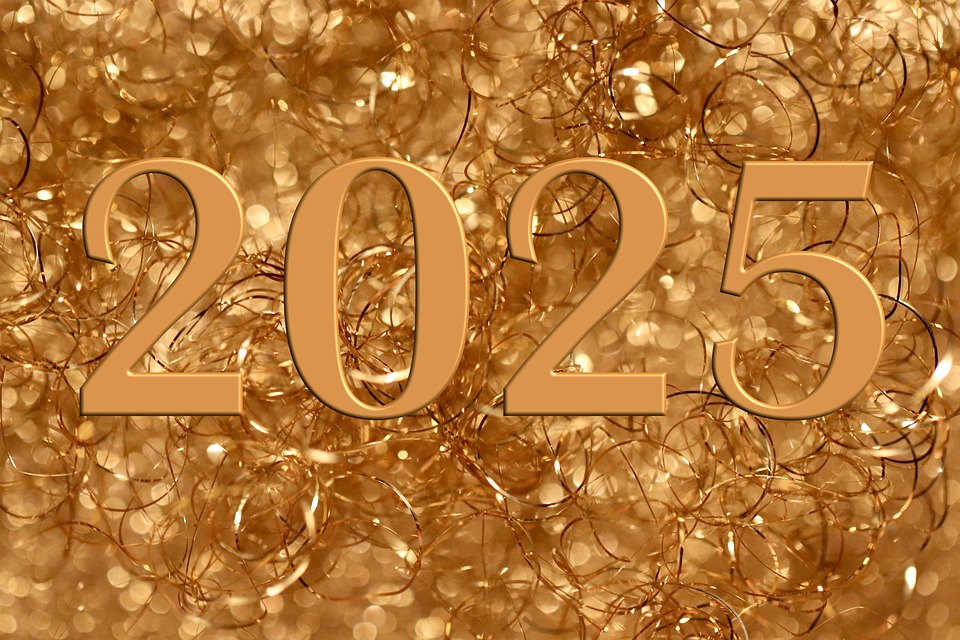You can surely think that we can simply agree that a time zone can be used for “moon time”? Coordinated universal time (UTC), for example. How difficult can it be? Unfortunately, this does not work, for several reasons.
Here on earth, the chronometer is easy to take for granted: we divide our world into 24 time zones, based on the longitude and rotation of the planet, and can say the time based on the position of the sun in the sky.
But on the moon, the rules are different: a lunar “day” lasts about 29.5 days of the earth, and the equatorial regions of the moon can feel up to 14 days of continuous sun. On some of the highest mountains on the moon, nicknamed “Peaks of Eternal Light”, the sun never sets.
In addition to that, physicists and fans of science fiction will know that time is not the same on the moon as on earth. Place two perfectly synchronized clocks – one on earth and one on the moon – and, after a single day of the earth, the lunar clock would be ahead of around 56 microseconds. It may not seem much, but for navigation on spaceships, this small difference could be critical.
Unite efforts to standardize lunar time
For a moon time zone to work, budding lunar actors will have to agree on a current standard of time which is reliable, traceable in time based on earth and usable by everyone. Unoosa helps direct the charge to make it a reality.
In 2024, the United Nations International Committee for World Navigation Satellite Systems (ICG) has established a dedicated working group to focus on the positioning, navigation and the lunar calendar, standardize the lunar time and trace it to the UTC that we use on earth, for the benefit of all future lunar missions.
Peace on earth, peace on the moon
The coordination of transparent timing on the Moon is part of a wider UN mission to ensure that lunar activities, whether public, private, scientific or commercial, are safe, peaceful and lasting. To this end, Unoosa summoned the first United Nations Conference on Sustainable Lunar Activities In June 2024, bringing together space agency heads, legal experts, astronauts, businesses and academics around the world to discuss common ground, share concerns and reaffirm the need for transparent and inclusive lunar governance mechanisms.
Earth view from the NASA earth observatory
One of these mechanisms to continue international cooperation is the new Action team on the consultation of lunar activities (ATLAC), which is designed to help promote dialogue and formulate recommendations on how exploration and lunar activities can be coordinated internationally. Atlac will work to finalize his work plan for significant years to come and identify priority subjects – such as the coordinated lunar stopwatch – to ensure that lunar activities take place in a cooperative and orderly manner.
Humanity is entering a new era of lunar exploration with a record number of nations and space organizations which could reshape our relationship with our nearest celestial neighbors for future generations.
Member States will be able to work with UNOOSA to preserve the Moon as an area of global cooperation, guided by the main principle of the Treaty of the space that “the exploration and use of space, including the Moon, will be carried out for the benefit and in the interest of all countries”.
The astronaut of NASA Harrison Schmitt on the Moon (File, 1972)
Originally published at Almouwatin.com








